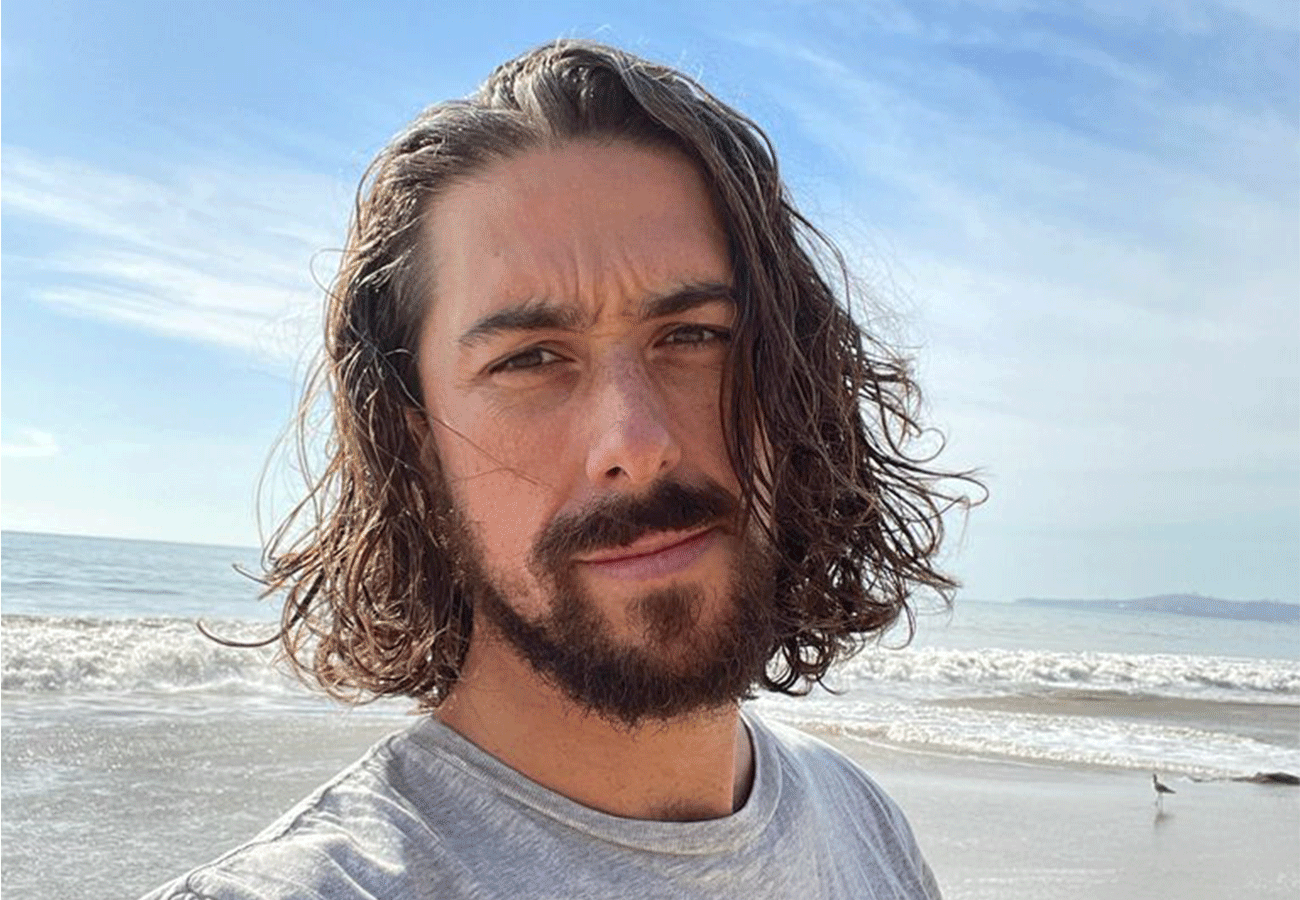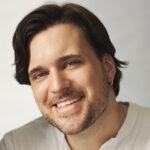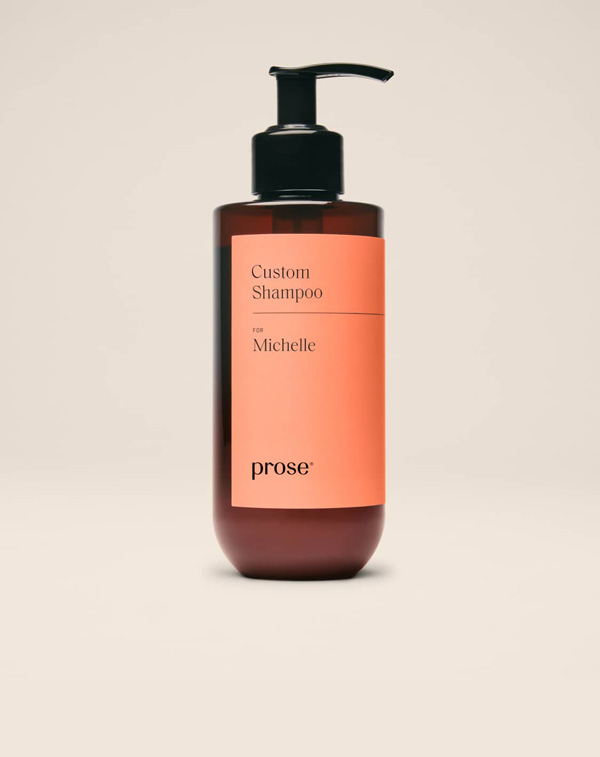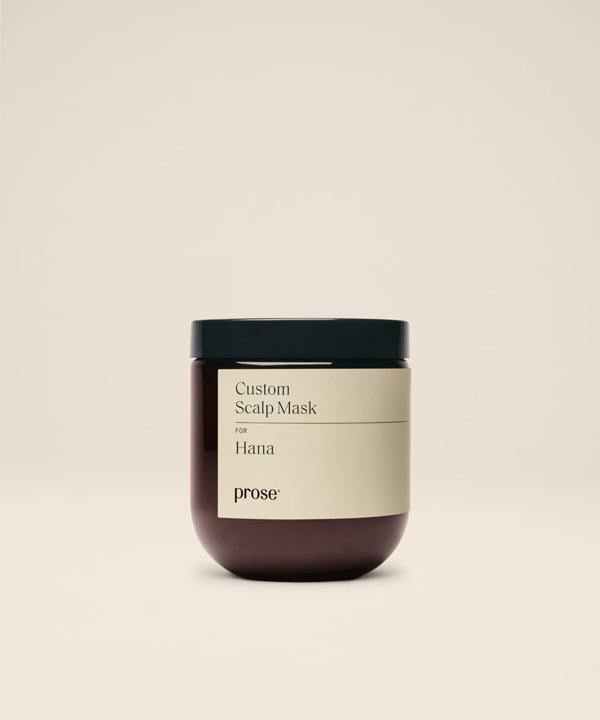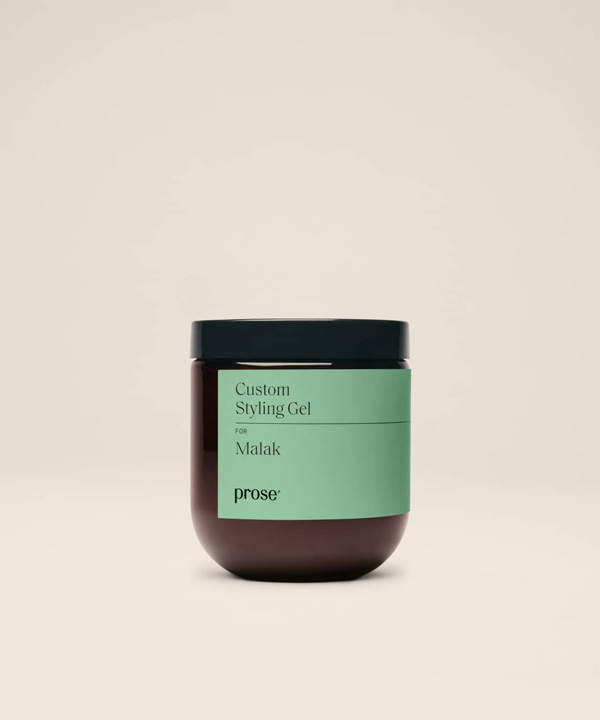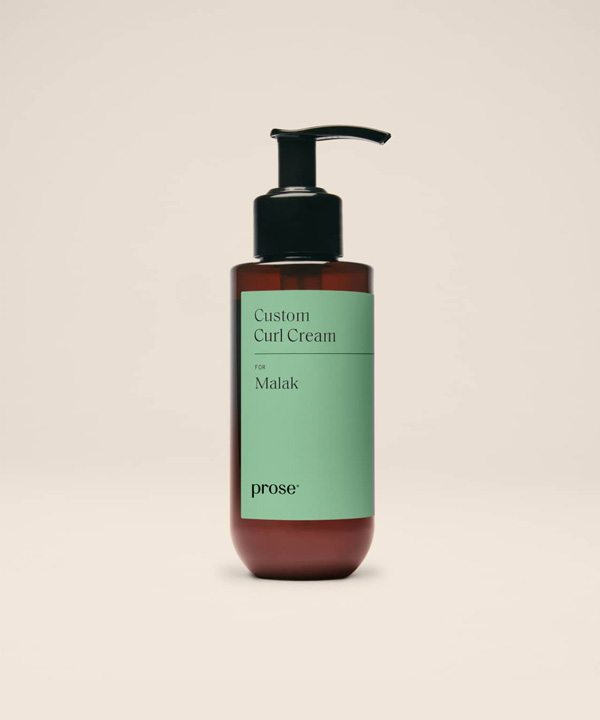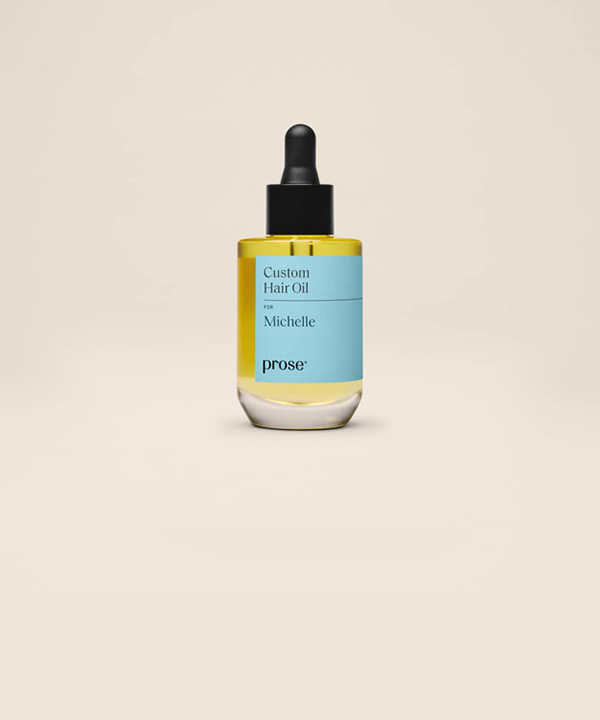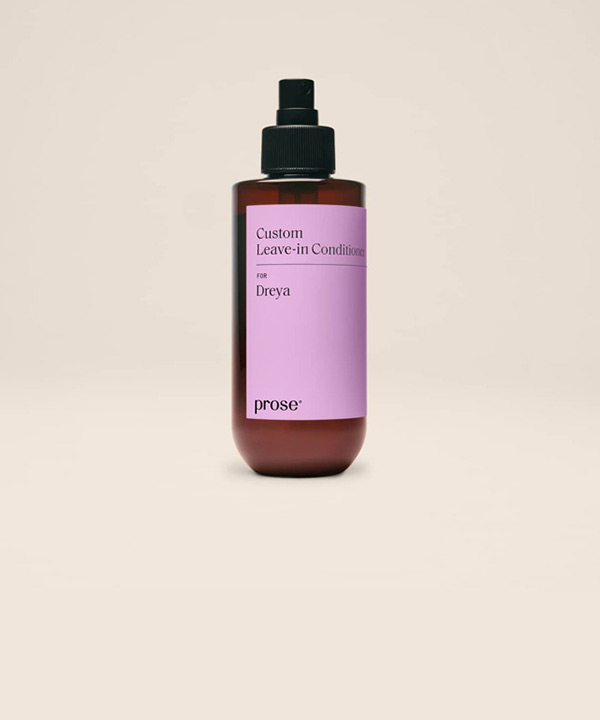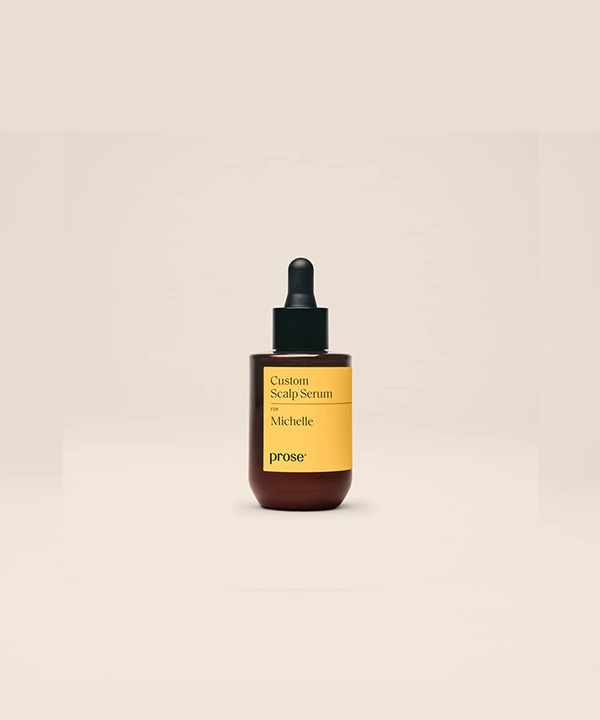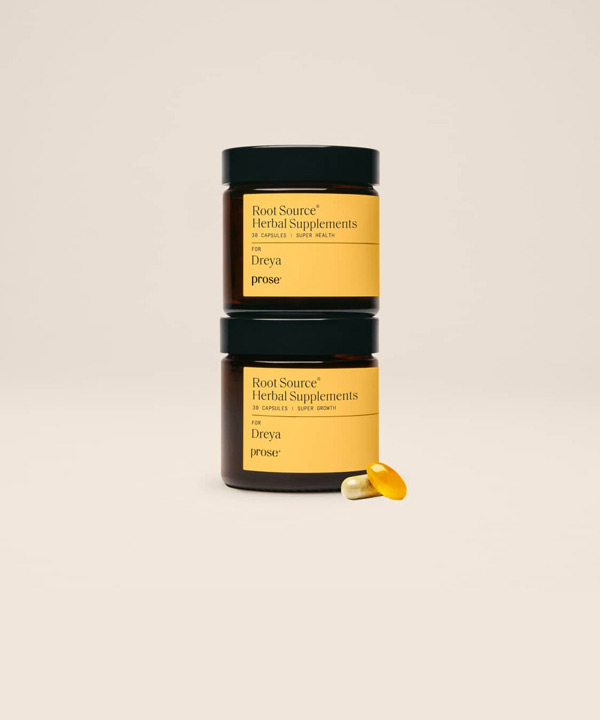How to Care & Style Long Hair for Men
Tips for Hair Care for Men with Long Hair
- Prioritize scalp care and defensive ingredients
- Condition regularly, even when you don’t wash your hair
- Pay attention to your pH levels to remove the risk of any dryness and irritation
1. With shampoo, prioritize scalp care and defensive ingredients.
If you’re growing your hair long, then you need to make sure it’s consistently healthy as it grows. That means targeting your scalp—the home of all your hair follicles—to ensure unencumbered, fully fortified hair growth. Dear recommends scalp-soothing, toning, and detoxifying formulas that keep the scalp balanced and calm. Better yet, if a recipe is rich in antioxidants, it can help promote blood flow to the hair shaft, too, and thus improve nutrient delivery to each hair. Antioxidants thwart cell-damaging toxins, and can be found in numerous ingredients. One that Dear cites is sunflower seed extract, whose defensiveness is twofold: “It’s a natural SPF and thermal protectant and helps protect your scalp and hair against free radicals,” she says. Of course, you don’t want to cut corners on hydrating and smoothing ingredients either—but those are always a given. Add some defensive ingredients to the mix to really play a long game with your hair.
2. Condition regularly, even when you don’t wash.
“You always want to condition your hair even if you do not shampoo,” Dear says, noting that your water system can be sprinkled with hair-compromising metals and hard minerals—not to mention any pollution and grease it accrued that day. “These metals in particular can cause your hair to be brittle and create tangles,” she warns. But since you really shouldn’t shampoo every day, you should still use a conditioner on the in-between days, in order to fortify your strands, while flushing away any unwanted buildup. “The frequency [of shampooing vs. conditioning] depends on making sure your scalp and hair shaft are clean and hydrated. If you are dealing with scalp issues like flakes and or oily scalp, you would want to shampoo and condition more frequently,” Dear adds. And if you’re concerned about oil buildup due to fewer shampoos, you can rest assured that conditioner will help flush away excess grease—though a dry shampoo powder will do wonders for oil absorption and volume maximization first thing in the morning.
3. Pay attention to signs of low pH levels.
One thing Dear urges her clients to address is their hair and scalp pH levels. It’s a hard thing to measure exactly (it’s a 14-notch scale that measures the acidity or basicity of anything), but you can assume your pH levels are imbalanced if you’re experiencing any kind of dryness, excessive oil, or irritation. “Also, if your pH is low, you will notice that your hair is dull and has more tangle,” Dear adds. Products like scalp masks and hair masks—and even conditioners—help “tone” the pH levels and bring them back to normal, while also loading strands with an abundance of vitamins and nutrients. If you’re growing your hair out, you should consider adding a scalp and hair mask to your routine, since you need to prevent breakage and fraying over time, while keeping the shafts and scalp healthy. Dear recommends doing a hair mask before every shampoo until you notice that the hair has become more shiny and less tangled. Even by incorporating a mask into your regimen once a week—when hair seems to be healthy in the first place—you ensure that it stays stronger and more cooperative for the growing out process.
How to Style Long Hair for Men
Always made to order. Never made to waste.
Exclusive Trial Offer Get 60% Off + Free Gift
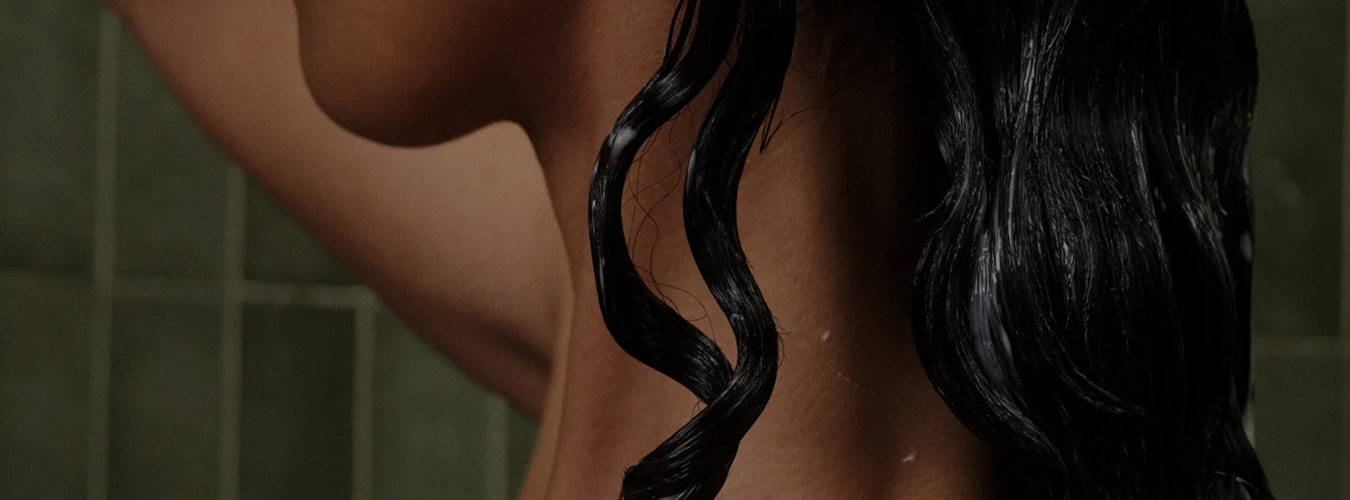
- Use heat protection when blow drying
- Add leave-in conditioner and oil into your haircare routine
- Avoid tying your hair into too-tight knots and ponytails
- Use a silk pillowcase to cut down friction and breakage
1. Use a heat protectant for blow drying.
For all its fraying and frying, blow drying remains controversial in terms of daily hair care—but it shouldn’t be. “It’s good to blow dry your hair if you want more body and overall root control,” Dear says. However, since frequent blow drying is also associated with frizzing, split ends, breakage, and more, you simply need to add one product to your styling regimen before you dry: a heat protectant spray.
This will protect the cuticle from the damaging impact of the hot blow dryer, preventing moisture loss from each shaft, and in turn preventing the aforementioned side effects of frequent blow dries. Bonus points if you use an ionic or ceramic hair dryer, both of which help dry the hair with significantly less damage to the cuticle and strand structure.
2. Leave-in conditioner and oil are your go-to stylers.
Sideline all other styling products except leave-in conditioner and hair oil. (OK, you might keep a medium-hold finishing spray or dry shampoo on hand, too.) However, gone are the fibers, pastes, clays, putties, and everything in between. Instead, a leave-in conditioner is lightweight enough to make hair look effortless and unstyled, while actually keeping it from poofing, frizzing, and going rogue. Leave-in conditioner keeps hair hydrated but touchable, while oil helps nourish the ends of your hairs that may not enjoy any scalp sebum. Your natural scalp oil has to travel a great distance in order to condition each entire strand of hair from root to tip, but a couple drops of oil each night (brushed through the ends of your hair), will fortify the ends and prevent breaking, splitting, and frizzing.
3. Avoid tight knots and ponytails.
For man buns or any other effort to keep hair out of your face, avoid any tight pulling, says Dear. Hair bands or even knots fashioned from your own hair can cause damage to each delicate strand, and some can even lead to traction alopecia at the front of your hair. With traction alopecia, you slowly] pull out the hairs from the front of the hairline (or wherever the strain of a tight style is most felt) simply because they endured the tugging and tightness for too many days on end. Also, be cautious how tightly your hair rests back when you wear a hat, too, and make sure hats account for the extra space demanded by your bulkier-than-usual hair. (Or else they might lead to breakage or pulling, one way or the other.)
4. Use a silk pillowcase.
“A silk pillowcase?” you ask. Yep—and not just because you deserve it. But also because it cuts down on friction, tangles, and breakage while you sleep, Dear says. Plus, it’s oh-so comfy to fall asleep on. “You can also wear your hair in a low braid, to help ensure that your hair shaft ‘goes’ in its natural direction, [and a uniform direction]” she adds. “This also helps prevent tangles and breakage.”
Wrap Up
If you’re wanting that effortless, long hair look, you’re going to have to amp up your hair care routine a bit. You’ll need to wash your hair regularly and treat your strands with extra care, as there’s more of them. The adjustments you’ll need to make are likely small, but will result in a big pay off.
If you’re wanting that effortless look, you’re going to have to amp up your routine a bit. Hair care for men with long hair means washing regularly and treating strands with extra care, as there’s more to maintain. The adjustments you’ll need to make are likely small, but they’ll result in healthier hair and better men’s long hair styles.

